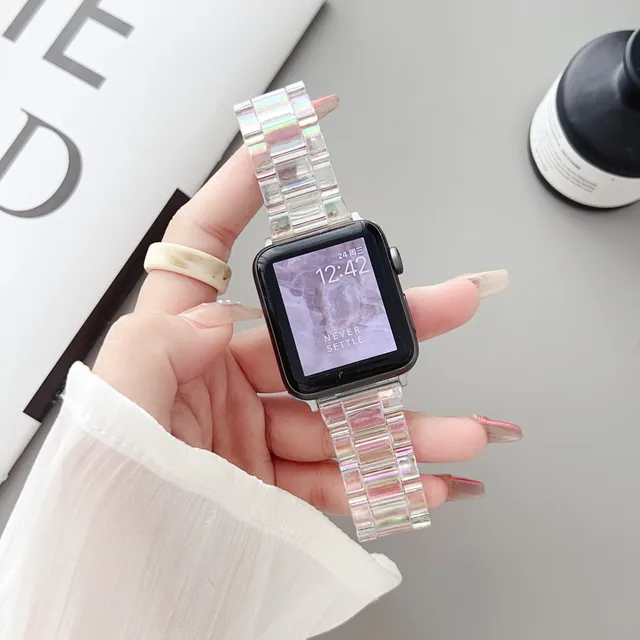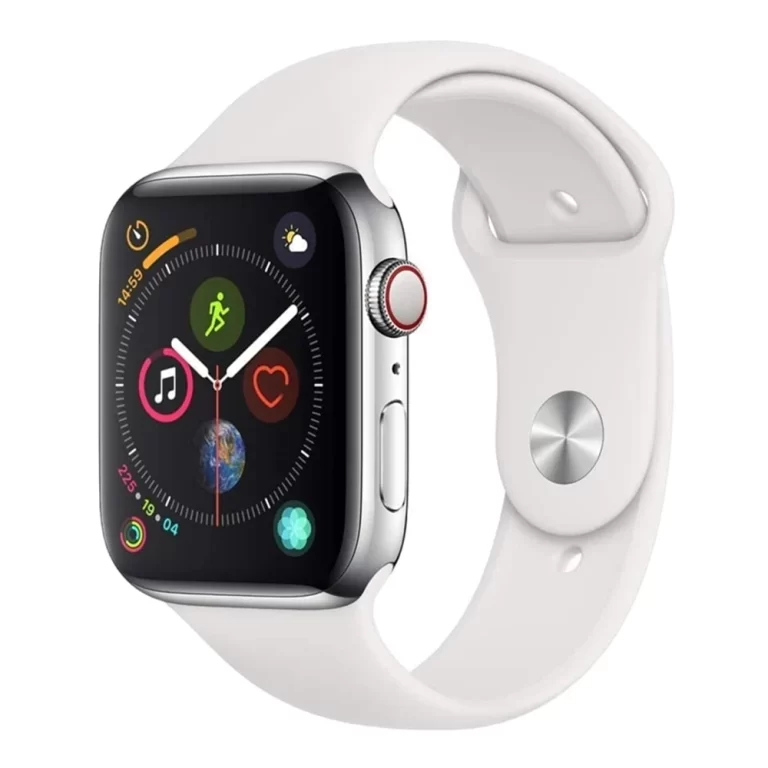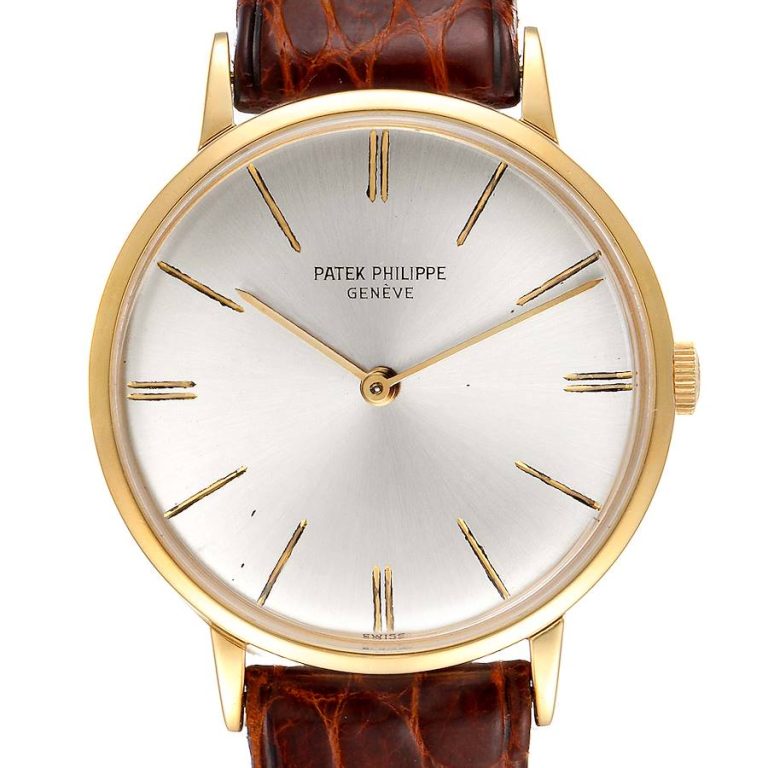Introduction
Wearing a watch is not just about telling time; it’s also about personal style and comfort. The placement of your watch on your wrist can enhance both functionality and aesthetics. In this article, we will explore the best practices for where to wear watch on wrist, the significance of wrist positioning, and tips for choosing the right style for different occasions.

Understanding Watch Placement
The Traditional Position
The traditional way to wear a watch is on the non-dominant wrist. For most people, this is the left wrist. Wearing your watch here allows for easy access and visibility without interfering with daily tasks. For right-handed individuals, wearing a watch on the left wrist minimizes the risk of damage when writing or performing other activities. Similarly, left-handed individuals often choose the right wrist for the same reasons.
This positioning provides several advantages. First, it makes it easier to check the time discreetly. When you wear a watch on your non-dominant wrist, you can simply tilt your arm slightly to glance at the time without drawing attention. Second, this position helps protect the watch from scratches and impacts that might occur during daily activities.
Comfort and Fit
Comfort is another important factor when deciding where to wear your watch. A well-fitting watch feels natural on your wrist. You should be able to move your wrist freely without feeling restricted. The watch should sit snugly but not too tightly. If the watch slides around too much, it can become uncomfortable over time.
Adjusting the strap is essential for achieving the right fit. Many watches come with adjustable straps or links, allowing you to customize the size. A watch that fits well will stay in place and look more visually appealing. When trying on a watch, ensure that it doesn’t pinch or dig into your skin. This simple check can make a big difference in how enjoyable the watch is to wear.
Cultural and Social Influences
Watch Etiquette
In some cultures, the way you wear your watch can carry significant meaning. For example, in formal settings, such as business meetings or weddings, it’s often best to wear the watch on your non-dominant wrist. This practice showcases your watch as an accessory rather than a tool, conveying a sense of respect and professionalism.
In casual settings, there are fewer strict rules. People often wear their watches however they feel comfortable. Some even choose to stack multiple bracelets or wear their watch over clothing for a trendy look. Understanding these cultural nuances can help you choose the right way to wear your watch based on the occasion.
The Impact of Fashion Trends
Fashion trends also play a role in how watches are worn. In recent years, there has been a rise in the trend of wearing watches above the wrist bone, almost midway up the forearm. This look adds a unique flair and can be particularly stylish with oversized or chunky watches. However, this style may not be practical for everyone and may not suit every occasion.
Additionally, the type of watch can influence its placement. For example, a sleek dress watch might look better on the wrist than a bulky sports watch. Understanding the interplay between fashion and practicality can help you decide where to wear your watch effectively.
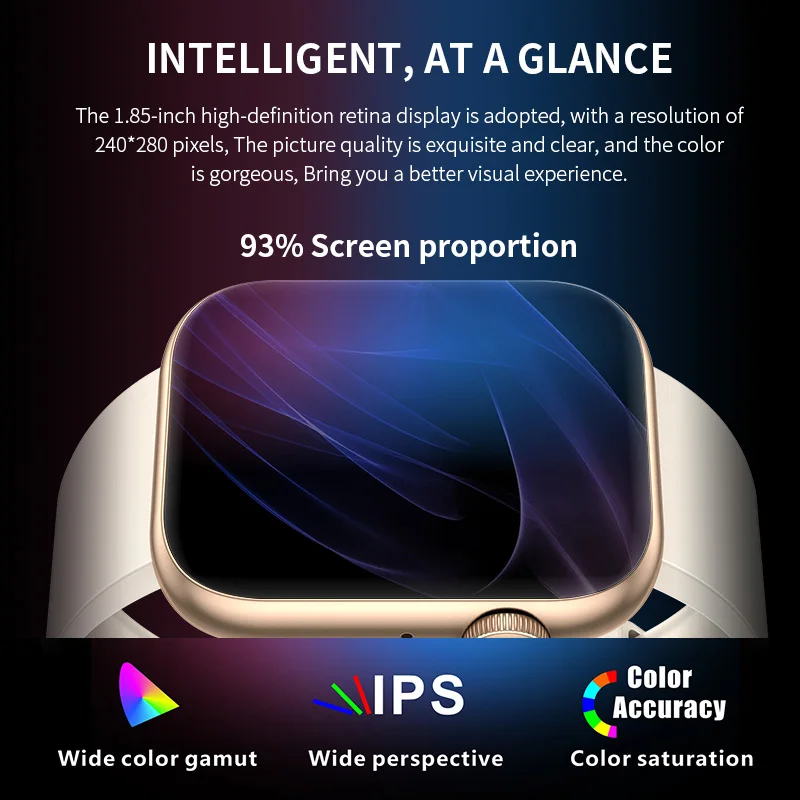
Choosing the Right Strap
Material Matters
The material of your watch strap can impact its comfort and style. Common materials include leather, metal, rubber, and fabric. Each material has its own unique look and feel. Leather straps, for instance, offer a classic and sophisticated appearance but may feel less flexible. Metal bands can be more durable but may weigh more on the wrist.
When selecting a strap, think about where you’ll be wearing the watch. A rubber strap is great for workouts or outdoor activities, while a leather strap is more suitable for formal events. The right material enhances the overall experience of wearing your watch.
Adjustability and Versatility
Adjustable straps add versatility to your watch-wearing experience. Many modern watches come with quick-release pins that allow you to change straps easily. This feature lets you switch between styles based on your outfit or the occasion. For instance, you might wear a casual rubber strap during the day and switch to a sleek leather strap for dinner.
Versatile straps mean you can wear the same watch in various settings without sacrificing style or comfort. This adaptability is especially useful for those who enjoy mixing and matching outfits.
Practical Tips for Wearing a Watch
Proper Orientation
When wearing a watch, its face should typically be oriented toward the palm of your hand. This orientation makes it easy to read the time quickly. Instead of having to twist your wrist awkwardly, a straightforward glance will do. Some people prefer wearing their watches with the face facing outward, which can create a bold statement. However, this style may also lead to increased wear and tear on the watch.
It’s essential to consider how you interact with your watch throughout the day. If you frequently check the time, ensure that the watch is angled in a way that suits your habits. Experimenting with different orientations can help you find what feels most comfortable and practical.
Layering with Other Accessories
Wearing a watch doesn’t mean you have to give up other accessories. Many people enjoy layering their watches with bracelets or bangles for a stylish look. This trend allows you to express your personality and make a fashion statement. When layering, consider the overall aesthetic.
Choose complementary colors and materials to create a cohesive look. For instance, gold watches pair beautifully with gold bracelets. You can also mix materials for contrast, like wearing a leather watch with metal bangles. Just remember to keep it balanced; too many accessories can overwhelm your wrist.
Adapting to Different Occasions
Formal Events
For formal events, such as weddings or corporate gatherings, a classic watch on your non-dominant wrist is often the best choice. A simple, elegant design works well and conveys professionalism. Avoid overly flashy or bulky watches, as they may draw unwanted attention.
In these situations, consider understanding the dress code. If the event is black-tie, a sleek dress watch with a leather strap is ideal. For semi-formal events, a versatile metal band may suffice. Always aim to complement your outfit rather than overshadow it.
Casual Outings
Casual outings allow for more flexibility in how you wear your watch. You can opt for a sporty style or a vibrant color that matches your outfit. Wearing your watch on the dominant wrist can also be acceptable in relaxed settings. It adds a laid-back vibe while still keeping you stylish.
For casual events, feel free to experiment with layering. Stacking your watch with colorful bracelets can add a fun element to your look. Choose materials that suit the occasion, whether it’s a casual outing at the park or a night out with friends.
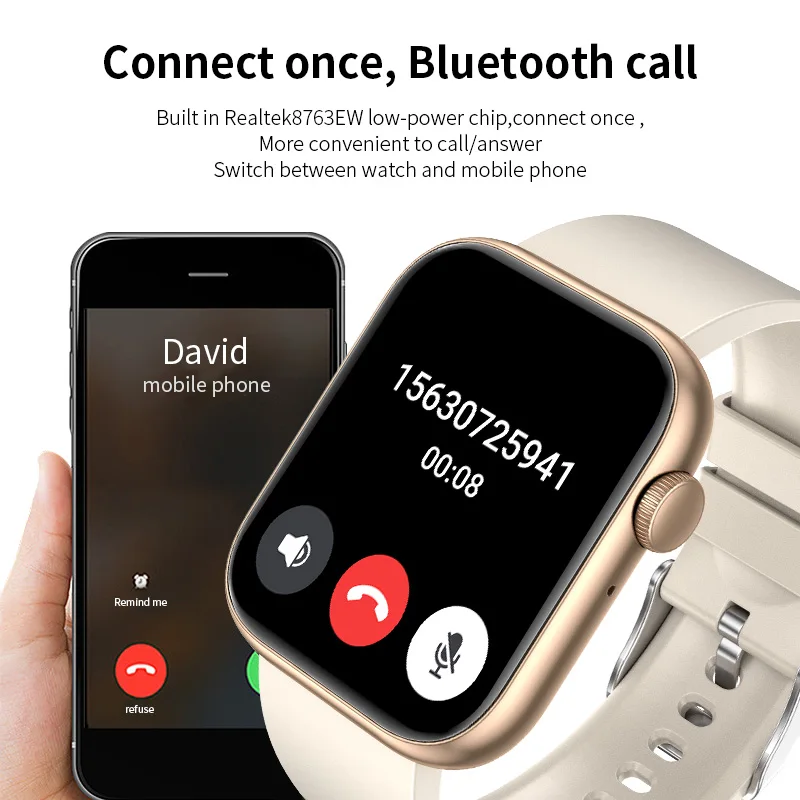
Conclusion: Finding Your Perfect Fit
Choosing where to wear your watch involves a mix of tradition, comfort, style, and practicality. Understanding the conventional placements, cultural influences, and the impact of fashion can help you make informed decisions. Remember to consider the fit and adjustability of your watch strap for maximum comfort.
Ultimately, your watch should reflect your personality and adapt to various occasions. Whether you wear it on your non-dominant wrist for work or stack it with other accessories for a casual outing, the key is to feel confident and comfortable. Explore different styles and placements to find what works best for you. Embrace the versatility of your watch and enjoy making it a part of your everyday life.
